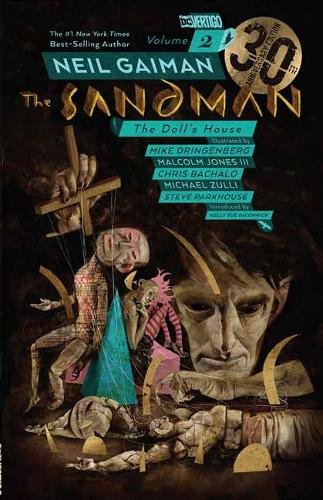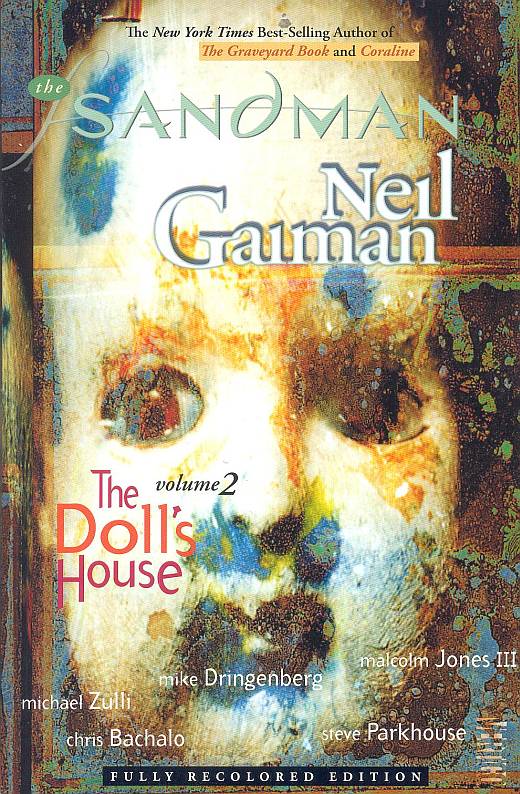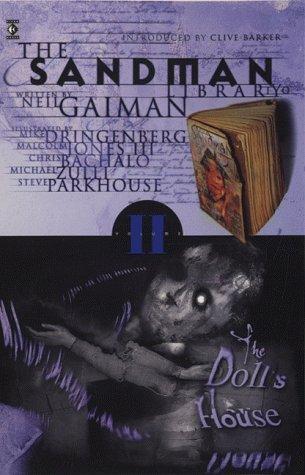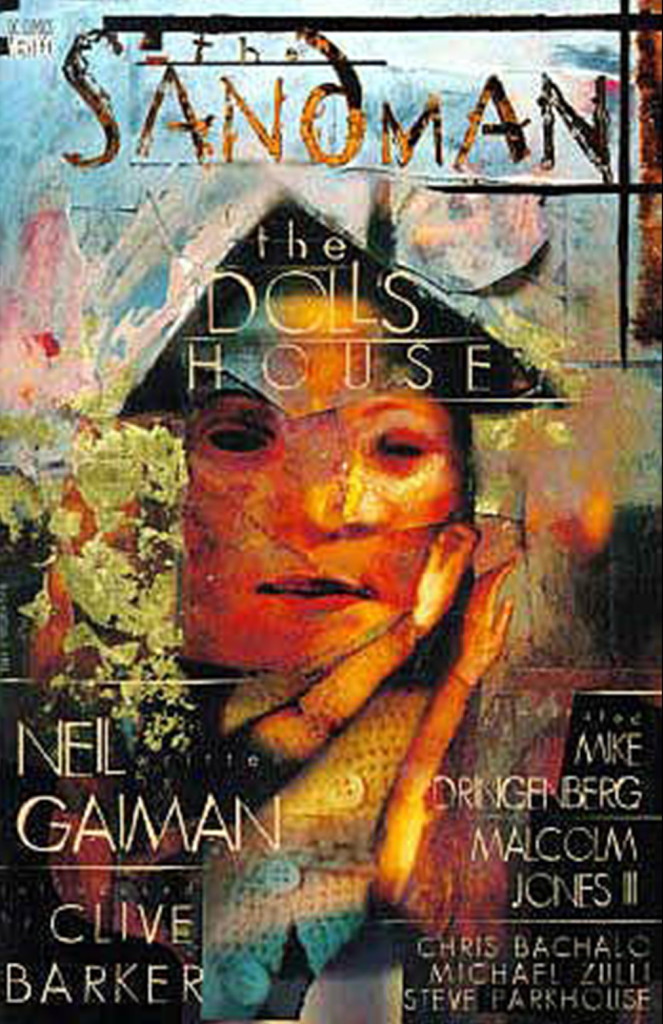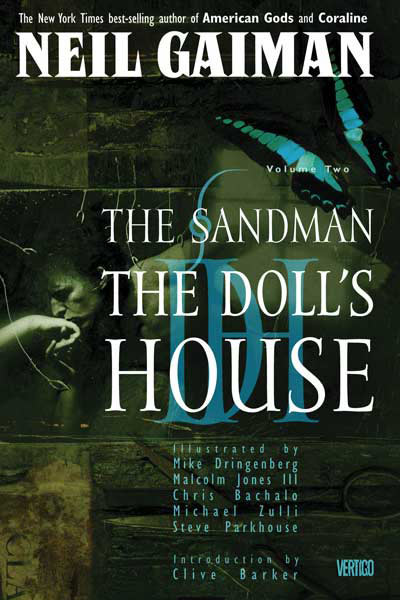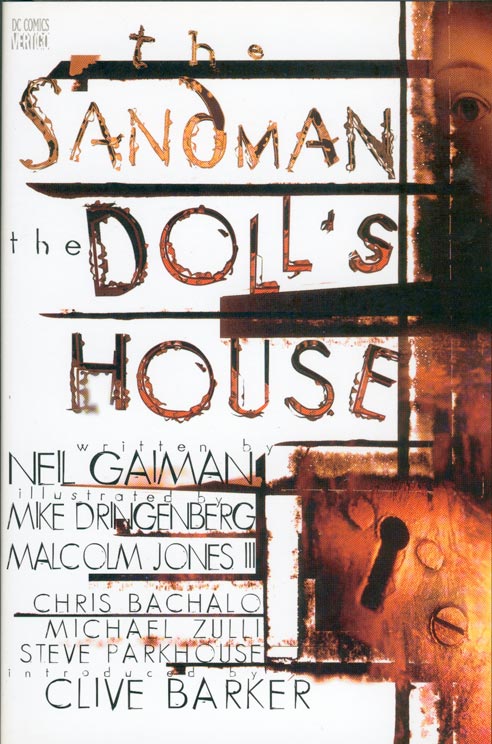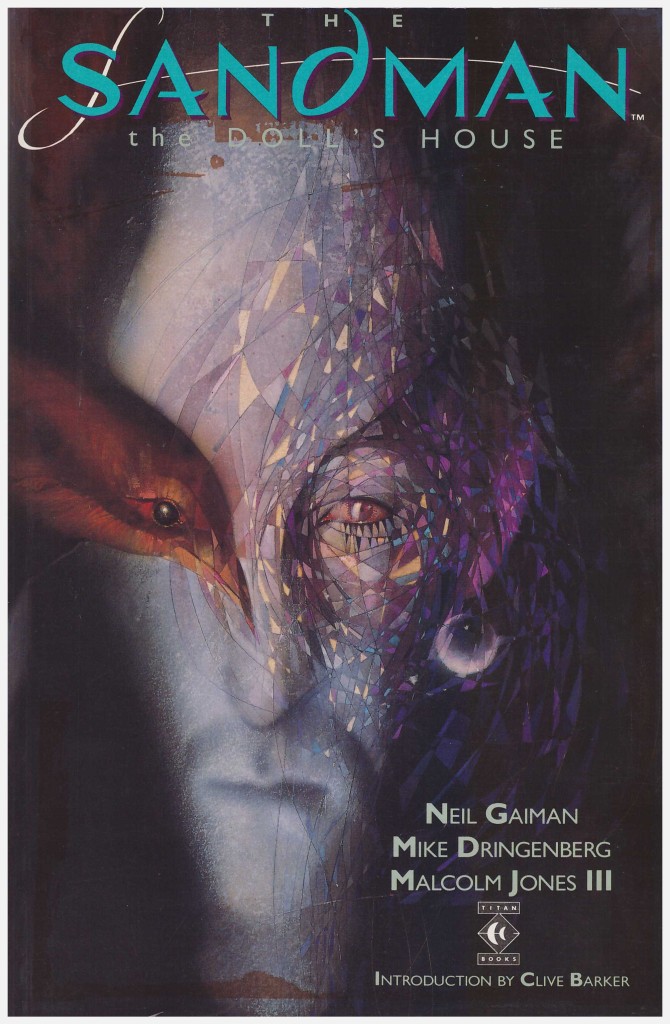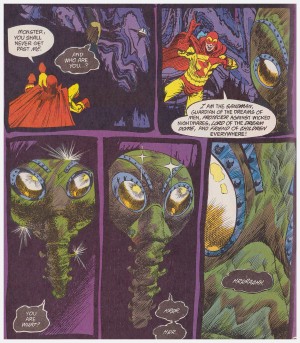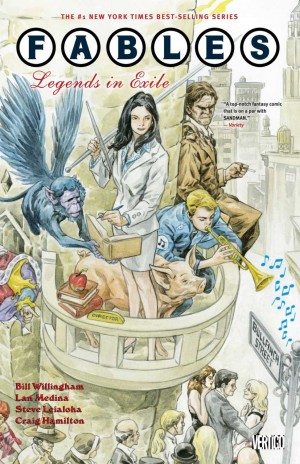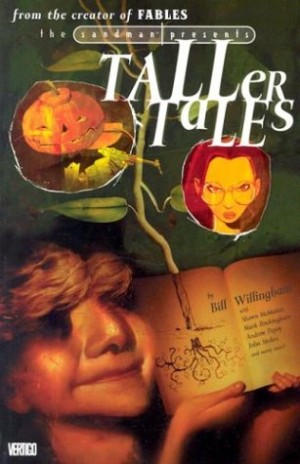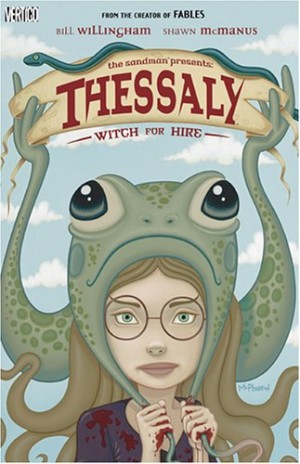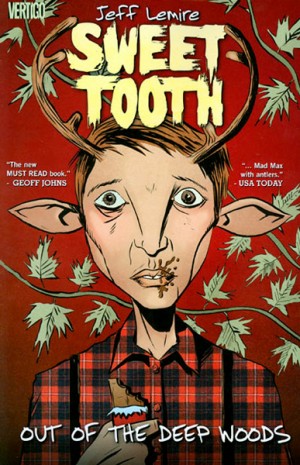Review by Karl Verhoven
This was the first Sandman material to be issued as a graphic novel, in 1990, when such publications were relatively rare, and so the earliest editions also featured the introduction of Death, now consigned to the preceding Preludes and Nocturnes.
In that first collection Sandman was freed from confinement and retrieved the objects that enabled him as ruler of the Dreaming. We now see Neil Gaiman progressing greatly as a writer, becoming more assured as he sheds the horror trappings that previously confined his imagination. Here it takes flight, although returns to far better conceived horror for the final content. We start, though, with a faux African fable in which the imperious Queen Nada is courted by a rather petulant Morpheus. It’s a very good, yet simple story, and equally valid representing elements in which Gaiman would later sometimes over-indulge during the series, with portentous dialogue and meta-fictional overtones.
A second interlude story, this illustrated by Michael Zulli, is more whimsical. Also set in the past, or, more accurately, through the ages, it begins when Morpheus and Death overhear one Hob Gadling, late 14th century peasant, declare “The only reason people die is because everyone does it. You all just go along with it. It’s rubbish, death. I don’t want anything to do with it.” Morpheus bestows immortality, and once every century meets Gadling in the same location. It’s concise and charming, the type of story an on form Gaiman can supply like no other writer of comics.
The loose thread that connects the remaining stories is Morpheus hunting down the dreams that have escaped into the real world during his seventy year imprisonment. Gaiman incorporates Jack Kirby’s Sandman, a convention of serial killers, a character based on G.K. Chesterton, and one Rose Walker, who’s always experienced particularly vivid dreams. Her family history unfolds as the title story.
Gaiman’s plot squirms about in unexpected fashion, and the contrast between the homely and comforting, and the downright nasty straddles a fine line in accomplished fashion. A mis-step arises with regard to a plot notion of the dream vortex. Morpheus, master of dreams, is unaware of why they occur or when, yet one of his siblings, whom he confronts, appears to have that knowledge.
Artist Mike Dringenberg has now settled into a groove as well, and the somewhat stilted storytelling of the previous collection is a thing of the past. His Dream is now well defined, austere and forbidding.
For those who’d prefer this within a package more befitting what’s considered a graphic novel highlight there are two options. The oversized Absolute Sandman volume one collects this with Preludes and Nocturnes and the following Dream Country in a slipcased edition. Alternatively there’s the first volume (of two) of the Sandman Omnibus, which includes all that material plus A Game of You, and around half of Fables and Reflections. For those wishing to delve the hidden depths of background material, there’s also The Annotated Sandman, with the same content as the first Absolute edition, but in black and white with copious notes on a panel by panel basis explaining Gaiman’s influences, thoughts, and the ties the stories have to the wider DC Universe.
If opting for just this volume, a post-2010 printing is the best choice as the sometimes muddier printing of earlier editions has been replaced by the re-mastered pages produced by the Absolute version.
